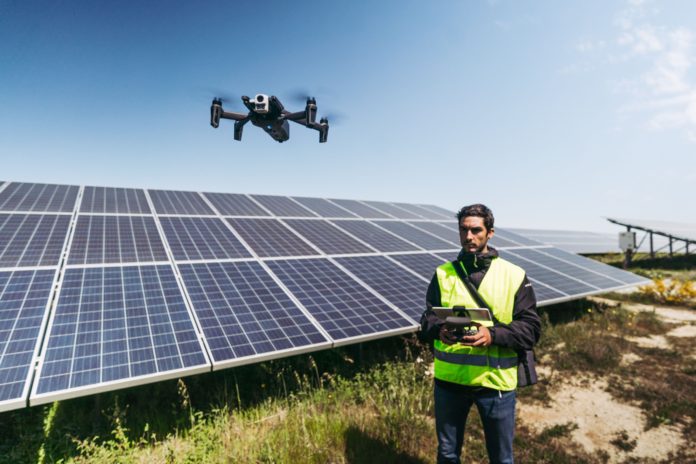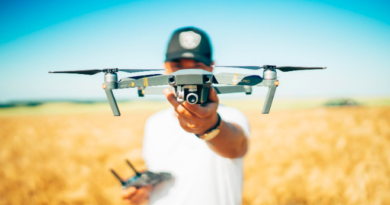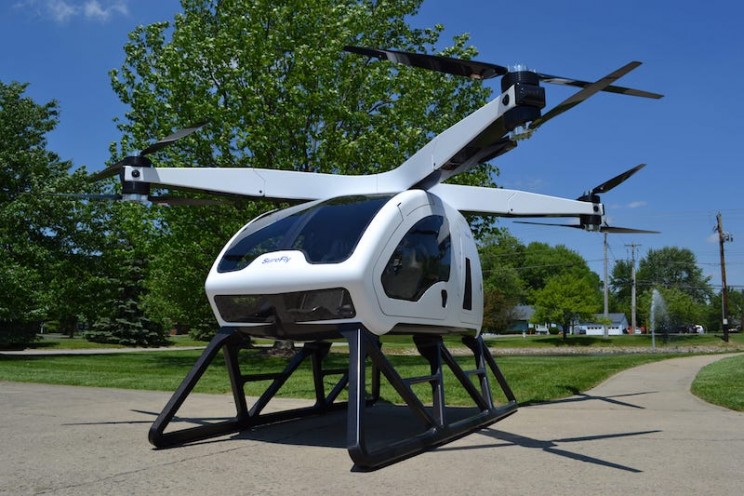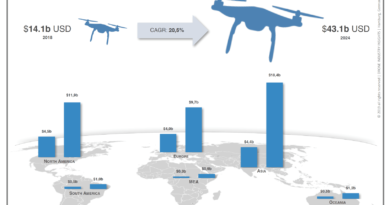Tips for Using Drones for Inspections
![]()
Guest post by Emily Folk
Recent advances in radio and wireless connectivity technology have made drones one of the most popular ways for companies to improve old processes. It’s now possible to automate tasks that couldn’t have been before. They have found use as package carriers, aerial photographers and remote site inspectors.
You might even be using drones for site inspections right now. Are you getting the most you can out of them, though? Here are some things to consider.
Why Drones Are Used for Inspections
Drones are primarily used in site inspection to save workers from exposure to major safety risks, like chemical fumes, exposed wires and dangerous construction or terrain.
By using drones, you can also reduce the costs and time needed to inspect a site properly. Most are also equipped with technology that makes recording and storing images and environmental readings easy. This saves you from investing in additional equipment and hiring contractors trained in its use.
Advanced drone software can even calculate and report accurate measurements of things like solar panel dimensions from aerial photographs.
Drones can reach areas workers can’t and can inspect sites that would normally require helicopters or linemen. This saves workers from having to make the trip and prevents you from renting expensive equipment. Flyovers that would typically have to be achieved by helicopter can now be done by much cheaper drone technology, without putting a pilot and crew at risk.
Getting the Most Out of Your Drones
Look for a drone company that specializes in site inspection. Some companies that offer drone photography are outfitted primarily to take aerial pictures. These photographs can be useful in some situations, but with certain site inspections, you’ll need higher levels of detail. Will you be able to tell if there are any structural issues? If you’re looking for exposed or damaged wiring, will you be able to find it? What you need from an inspection may not always be possible if a company doesn’t have the specialized equipment for the task.
You’ll also want to hire a company that uses hexacopters or octocopters. Quadcopters — drones with four rotors — offer a fine level of control and movement. They don’t, however, have the power and stability needed to navigate dangerous sites. Hexacopters and octocopters are more stable in the air, and can keep flying even when one or more rotors has been knocked offline. This is something that might happen when navigating dangerous structures or if the drone needs to stay flying for a long period.
Make sure that the company you’ve selected for your site has all the relevant information. Specialized drone equipment will also be necessary in situations where there is a significant amount of electrical interference — for example, the inspection of a power line. In cases like these, you’ll need special ferromagnetic protection to keep the drone in the air.
Using Drones for Site Inspections
Drones can make site inspection quicker and safer than it has ever been before. However, not all drones are up to the task. For site inspection, you’ll need more stability and power than most consumer models offer. To get the most out of drones for site inspections, you need to make sure the company you partner with is prepared for your specific location. If you’re operating your own drones, you’ll need to do the research yourself, and make sure your equipment is ready for the risks it may face.
The benefits of using drones can easily outweigh the costs. With a little research, you can use this technology to reduce the expenses and time needed for almost any site inspection.
Author Bio:
Emily is a green tech writer who covers topics in renewable energy and sustainable design. You can read more of her work on her blog, Conservation Folks.



